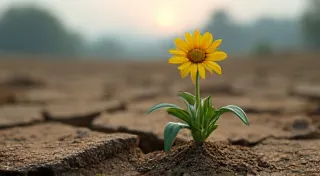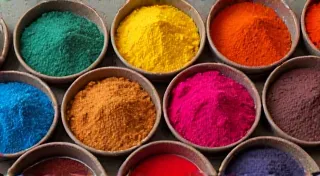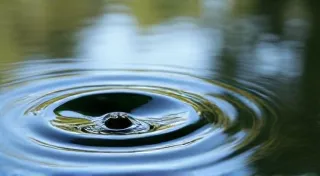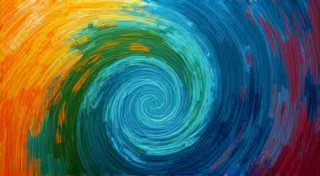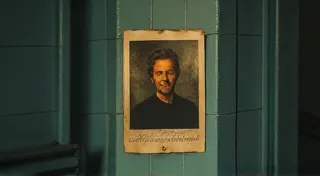The Alchemist's Garden: Transforming Landscape into Linctus
The scent of damp earth and blooming lavender is a powerful trigger for me. It instantly transports me back to my grandmother’s garden, a chaotic riot of herbs and flowers tucked away in the Appalachian foothills. She wasn’t a formally trained herbalist, no diploma hanging on her kitchen wall, but her hands held a wisdom born of generations – a deep, intuitive understanding of the land’s generous gifts. She’s the reason I became fascinated with regional herbal remedies, with the quiet power held within a handful of dried leaves, and with the remarkable people who’s traditionally understood that power.
We often think of modern medicine as the pinnacle of healing, a precise science. But before the gleaming labs and complex pharmaceuticals, there were the herbalists – figures who, in essence, were the alchemists of their time. They weren’t transmuting lead into gold, of course, but they were undertaking a comparable feat: subtly transforming raw botanical materials, gleaned from the specific landscape, into potent remedies. They understood the *terroir* of healing, recognizing that a plant's efficacy wasn't solely about its species but also about the soil it grew in, the altitude, the microclimate, and the historical interactions with human knowledge.
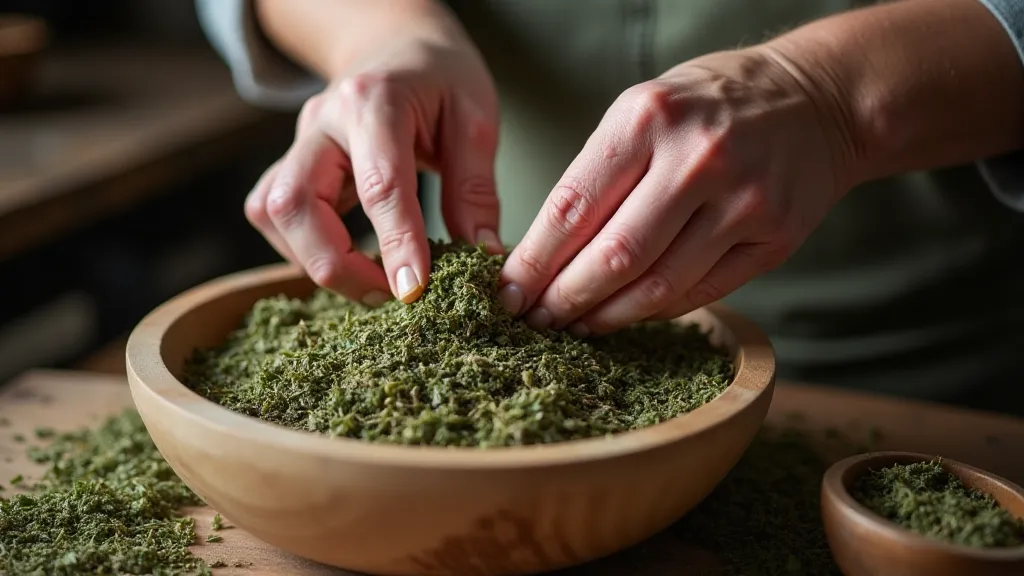
The Historical Echoes of Alchemy
The term 'alchemy' itself has a fascinating history. Originally rooted in ancient Egypt and later flourishing in Islamic and European traditions, it sought to understand the fundamental principles of nature and to manipulate matter. While much of its aims were ultimately unsuccessful in their literal interpretations, the core ethos—observing, experimenting, and seeking to unlock the hidden properties of the natural world—is remarkably similar to the work of traditional herbalists. They, too, were keen observers, painstakingly documenting the effects of plants on themselves and their communities. They weren’t performing elaborate rituals; they were conducting practical, iterative experiments, refining their knowledge through generations of shared experience.
Consider the indigenous peoples of the Amazon rainforest, for example. Their understanding of medicinal plants is a vast and complex system, built on centuries of observation and experimentation. A single plant might be used to treat a range of ailments, its efficacy tied not only to its chemical constituents but also to the ritual context in which it's administered. The shaman, acting as a conduit between the physical and spiritual realms, would combine botanical knowledge with traditional storytelling and healing practices, amplifying the remedy's power. This isn’t simply about applying a poultice; it’s about enacting a process of profound transformation, both for the patient and for the healer.
Regional Variations: A Tapestry of Knowledge
The beauty of regional herbal remedies lies in their specificity. What grows in the Scottish Highlands won’t be the same as what thrives in the Southwestern deserts. Each landscape offers its own unique pharmacopoeia, and each community has developed its own methods for harnessing its potential. Understanding how specific plants relate to the land they grow on touches on concepts beautifully explored in The Herbalist's Cartography: Mapping Medicinal Landscapes. In the American South, for example, elderflower, wild cherry bark, and sassafras were (and still are) staple ingredients in cough syrups and remedies for respiratory ailments. These plants, plentiful in the region, found their way into countless family recipes, passed down through generations.
Think about the ancient Celts, renowned for their intricate knowledge of plants. They believed in the concept of *fíthor*, or natural power, inherent in all living things. Their herbalists, known as *leannán faol*, would use plants not only for healing but also for divination and ritual purposes. They understood the interconnectedness of all things, recognizing that plants weren’t merely objects to be exploited but living entities with their own spirits and energies. The process of gathering plants would be conducted with reverence, acknowledging the sacrifice of the plant and offering thanks for its gifts. They often utilized a system of belief that intertwined healing, tradition, and folklore, aspects that echo in beliefs around the world. This interconnectedness of plants, tradition, and storytelling is a rich topic further examined in The Whispering Roots: Unearthing Ancestral Botanical Wisdom. The careful orchestration of planting cycles, influenced by lunar phases, further underscores the deep connection between herbalism and the rhythms of nature - a theme also explored in The Lunar Garden: Herb Cycles & the Night Sky.
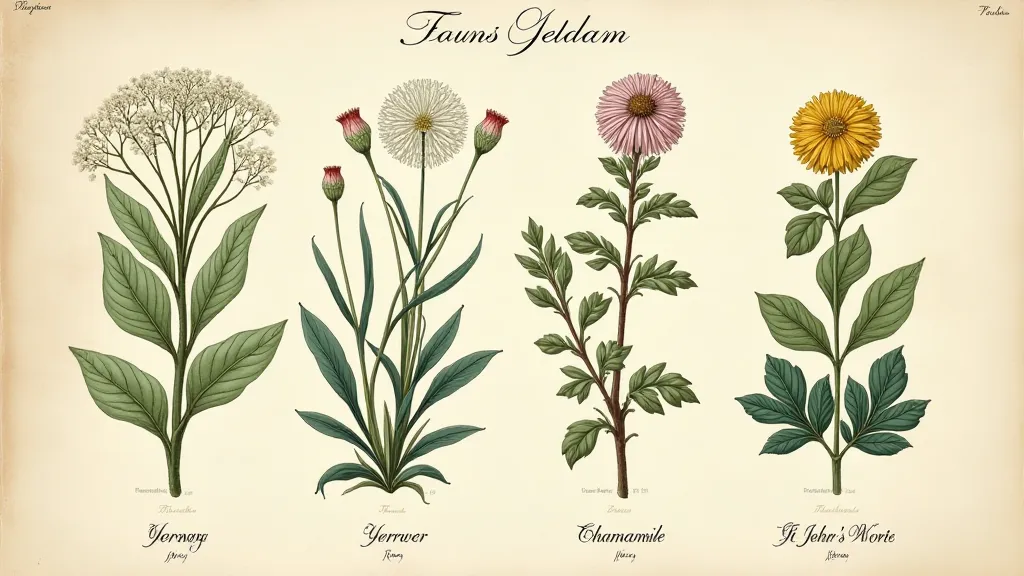
The Craftsmanship of Remedies: A Lost Art?
The preparation of herbal remedies wasn’t just about throwing some dried leaves into hot water. It was a craft, requiring skill and attention to detail. The way a plant was dried, the time it was macerated, the type of vessel used for infusion – all of these factors influenced the final product. My grandmother, for instance, insisted on drying her herbs in the shade, on screens made from willow branches, believing that direct sunlight degraded their potency. She’s told me repeatedly the smell of drying herbs in the sun isn’t the right smell.
Today, much of this traditional knowledge is fading. The rise of industrial agriculture and mass-produced pharmaceuticals has diminished the importance of locally sourced, handcrafted remedies. But there's a growing movement to reclaim this lost heritage – a resurgence of interest in regional herbalism and the appreciation of the human element in healing. There are small-scale herbalists practicing today who are working to preserve these traditions, teaching workshops, and sharing their knowledge with a new generation.
Restoration and Appreciation: More Than Just Collecting
For those interested in exploring this realm, there's much to learn, both in terms of the botany itself and the cultural context in which these remedies were developed. Antique apothecary jars, handwritten recipe books, and even old botanical illustrations can offer a glimpse into the past, providing invaluable insights into the history of herbal medicine. Collecting these items isn't merely about acquiring objects; it’s about connecting with a living tradition, honoring the knowledge of those who came before us.
Restoring an old apothecary jar, for instance, requires a delicate touch. You’re not just cleaning a piece of glass; you’re preserving a fragment of history, a testament to the enduring power of plants and the human desire to heal. The small imperfections, the faded labels, the subtle scent of age—these are all part of the story, contributing to the jar’s unique character and charm. It’s a reminder that true value lies not in perfection but in authenticity and connection.
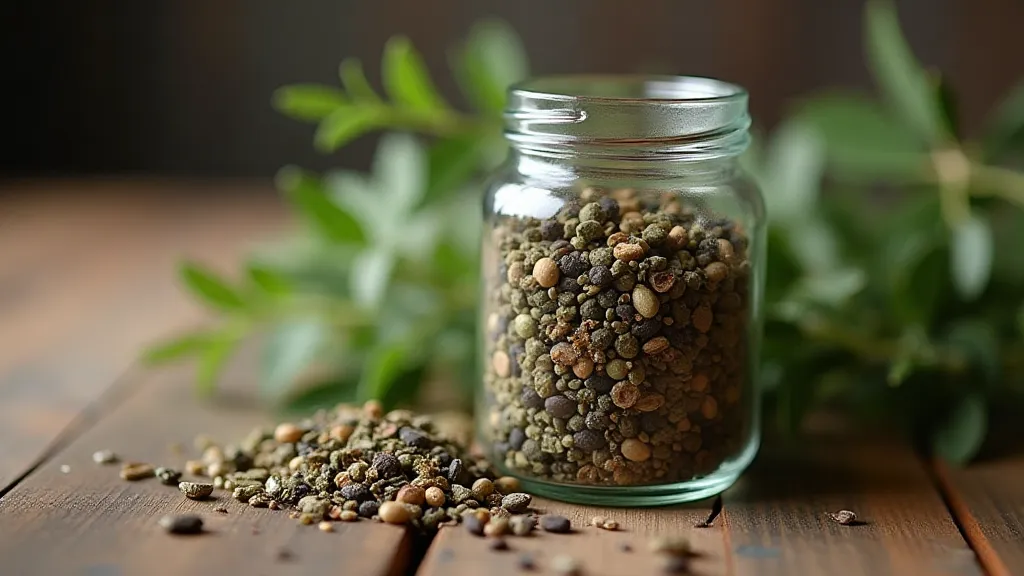
The alchemist’s garden isn't just about the plants themselves; it’s about the people who cultivated them, the hands that prepared them, and the stories they hold. It’s a reminder that healing isn't just about alleviating symptoms; it’s about restoring balance—a connection to the land, to our heritage, and to ourselves. Furthermore, understanding the intricate dance between the gardener, the plants, and the healing process requires not only botanical knowledge, but a cultivated intuition. It's a deeply interwoven system, as explored in The Weaver's Knot: Intertwined Systems of Regional Healing.
The legacy of the alchemist’s garden is not just about preserving ancient knowledge; it’s about rekindling a way of being in the world—a way of seeing, of listening, of connecting. It’s about reclaiming our place within the web of life, recognizing that we are not separate from nature, but an integral part of it. It’s about embracing the wisdom of our ancestors and cultivating a future where healing is not just a transaction, but a sacred exchange between human and earth.
